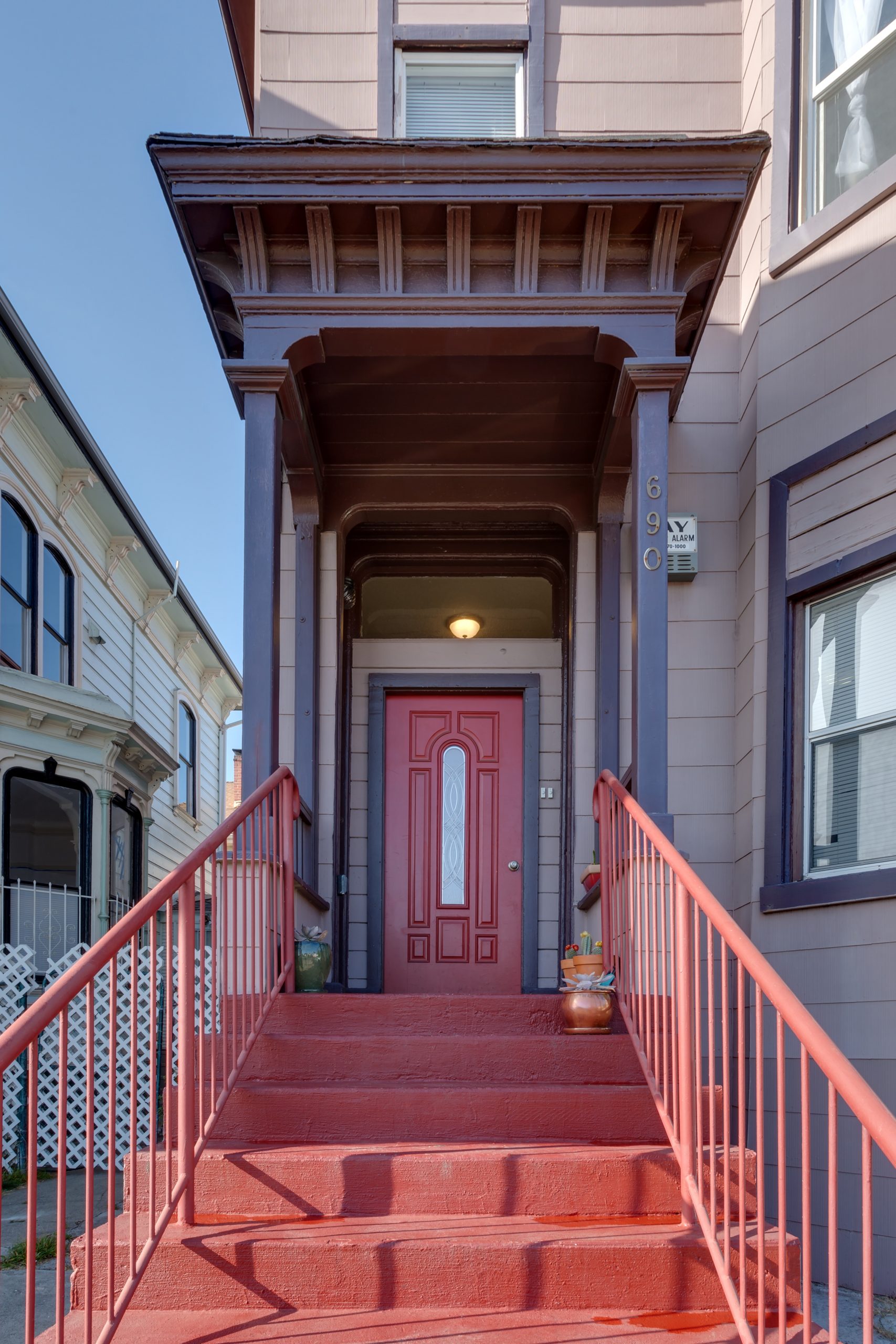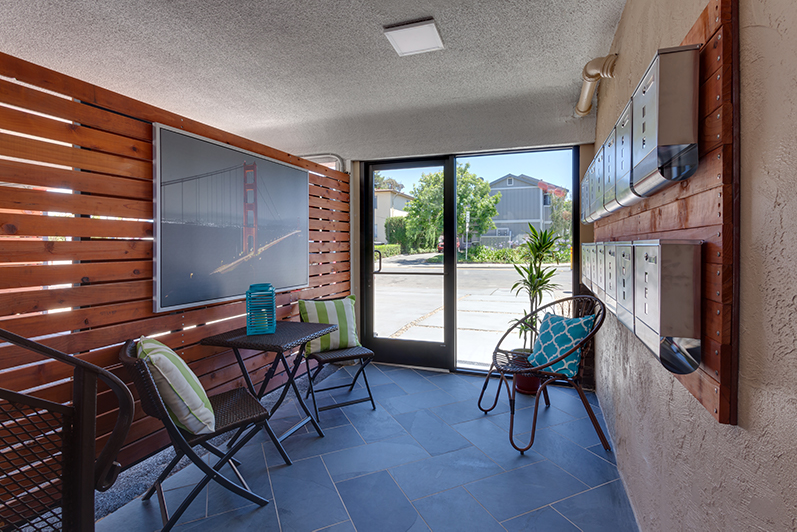In a particularly lengthy meeting, Oakland City Council voted to impose a 90-day moratorium on all rent increases not tied to the Consumer Price Index (CPI) and capping the maximum increase at 1%. Council President Lynette Gibson McElhaney brought forth the emergency ordinance- which is based on a draft created by housing activists in March.
To say that changes to housing law in the Bay Area have been contentious would be an understatement. There has been a string of protests recently: the Oakland Business Summit, A City Council Meeting– but this is not a new sentiment. In an opinion piece, McElhaney told the East Bay Express “This proposed rent moratorium is an acknowledgment of the housing crisis, and I am committed to it being the leading edge of a slate of meaningful renter protections that will stabilize the housing of many Oakland families.” (Why she chose the East Bay Express is an interesting detail, especially considering the nature of previous coverage.)
Several sides of the argument were presented at the meeting, resident and housing activists citing the consequences of growth without structure, landlords, and property owners citing the costly necessity of maintaining building codes.
The issue is highlighting the underlying complexity of the housing market- as systems and laws age, inevitably there is friction. Globalization has dramatically changed markets from telecommunications to food service, and real estate is no different. People move from place to place with greater frequency, it’s fairly obvious that many cities are struggling with the appropriate response.
As average Oakland rent continues its sharp upwards climb, Oakland would do well to change some outdated and obsolete housing laws. Ideally, a compromise can be reached that strikes something of a balance for owners and tenants. For the average tenant, it is welcome news to hear that rent increases will be capped at 1%. For the average owner, this is troublesome news, as a rate under 1% is significantly lower in previous years CPI increase. Many building owners with already slim margins may see them vanish completely- and many building owners looking to make improvements might reconsider- as property diminishes in profitability, so does the desire to improve it.
This entry was posted in Uncategorized · Tagged with




